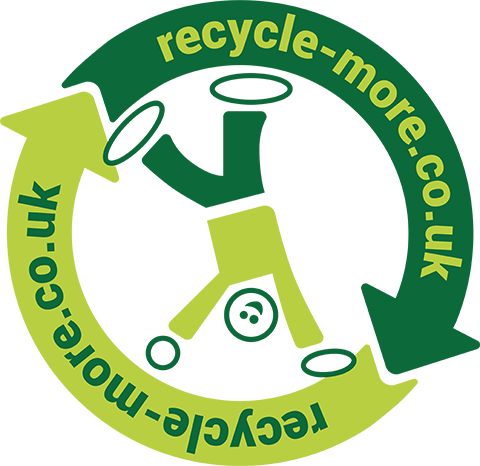Tackling cardboard waste
Cardboard waste in the UK has increased over recent years. With the rise in trend for online shopping and with changes to packaging demands, the need for cardboard packaging has escalated.
Unfortunately, this has resulted in a significant growth in cardboard waste being generated by both households and businesses. If left unaddressed, this can have negative effects on the environment, contributing to deforestation, pollution and climate change.
Where to recycle cardboard near me...
Find your nearest cardboard recycling point

Collection and recycling

The recycling process
The UK has established and efficient systems for the collection and recycling of cardboard waste.
Local councils provide regular kerbside collection services, making it convenient for households to dispose of their cardboard packaging. Recycling centres and drop-off points are also widely available, enabling individuals to properly recycle their cardboard waste.
What role can you play to reduce cardboard waste?
As a consumer, you can play a vital role in reducing cardboard waste in the UK. Here are a few simple steps you can take:
1. Reduce: Whenever possible, opt for products with minimal packaging or packaging made from eco-friendly materials. This reduces the amount of cardboard waste generated in the first place2. Reuse: If you receive cardboard boxes or packaging, consider reusing them for storage or shipping purposes. This extends their lifespan and reduces the need to buy more3. Recycle: Always make use of the recycling facilities provided by your local council. Flatten and separate your cardboard waste before placing it in the designated recycling bin or taking it to your local recycling centre
4. Educate: Spread awareness about the importance of cardboard recycling among your friends, family and work colleagues. Encourage others to adopt sustainable practices and make informed choices when it comes to packaging materials
Once
collected, cardboard moves through a thorough recycling process.
Here's
a summary of how cardboard is recycled:
1. Sorting:
The cardboard waste is transported to recycling facilities where it
undergoes a thorough sorting process. Different types of cardboard, such
as paperboard, which is thicker than your average piece of paper and corrugated
cardboard, are separated to ensure efficient recycling
2. Shredding:
The sorted cardboard is then shredded into small pieces. This increases
the surface area, allowing the material to convert to pulp more easily
3. Pulping:
The shredded cardboard is mixed with water and chemicals to create a pulp
mixture. This mixture is shaken to break down the cardboard fibres and
remove any contaminants
4. Filtering:
The pulp mixture is passed through screens to remove unwanted materials
such as ink, plastic and glue. This ensures that only usable fibres remain
5. Drying:
The filtered pulp is spread out and dried, by either heat or air. This
process removes excess moisture from the pulp, preparing it for the next
step
6. Rolling
and Cutting: The dried pulp is rolled into large sheets and cut into the
desired sizes for reuse in various industries. These recycled cardboard
sheets can be used to make new packaging, paper products and even
construction materials
7. Reuse:
The recycled cardboard is then sold to manufacturers who utilise it in the
production of new cardboard products. By incorporating recycled materials
into their manufacturing processes, businesses reduce their dependence on
virgin resources and contribute to a more sustainable future








